The Observatory
In 1877 David Milne Home, chairman of the Council of the Scottish Meteorological Society (SMS), proposed that a meteorological observatory should be established at the summit of the Ben Nevis, and in 1878, having climbed the mountain (at the age of 73), he reported that this was feasible and plans were drawn up by Thomas Stevenson the lighthouse engineer (father of Robert Louis Stevenson and inventor of the 'Stevenson screen').
Since Ben Nevis lay near to the west coast of Scotland, directly in the path of Atlantic storms, it was considered a particularly useful site for an observatory as was, at one point, Ben Macdui, the second highest mountain.
Clement Wragge
The SMS applied without success for government funding, then in 1881, the notable character of Clement Wragge (1852 - 1922) offered (or was asked by the SMS) to make daily ascents of Ben Nevis during the summer months to take meteorological measurements. Aided by his wife, Leonora, who took comparable readings at sea level, Clement Wragge embarked on his ultimately epic and some might say, fortuitous, adventure (for it was this that ultimately led to the building of the observatory) with instruments provided by the Scottish Meteorological Society. From 1 June 1881 to mid-October 1881, aside from when he was occasionally relieved by an assistant, Clement Wragge climbed the mountain daily, usually setting out at 5 a.m. For his dedication and work providing an unbroken series of readings from the top of Britain's highest mountain, Wragge was awarded the Scottish Meteorological Society's Gold Medal.
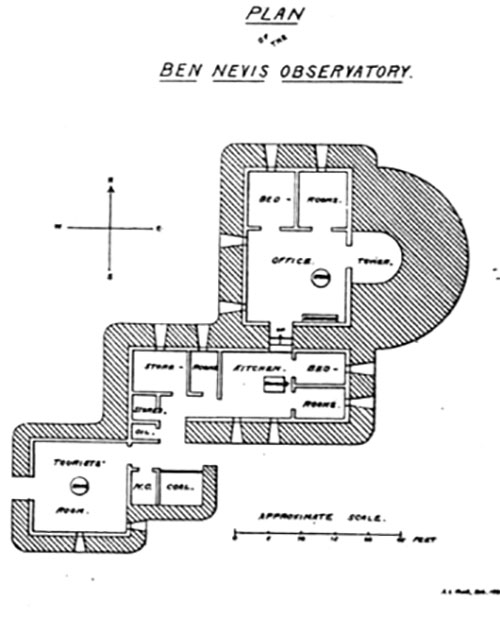
Weather conditions on the mountain were, more often than not, appalling, and his subsequent bedraggled appearance led to his local nickname of "Inclement Wragge" although some say he earned this nickname several years later due to the 18 inches of rain that fell in Brisbane within three weeks of his arrival in 1886. During the summer of 1882, Wragge carried out a more ambitious programme on Ben Nevis with the help of two assistants, one of whom was Angus Rankin who later worked at the permanent observatory, with the work of the assistants carrying on into 1883.
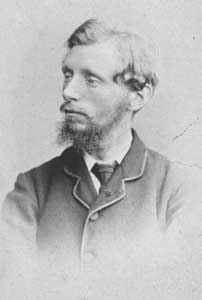
Crowdfunding
Wragge's Ben Nevis exploits received wide publicity and when a public appeal was launched by the SMS in 1883, there was a large response from throughout the UK and funds came in quickly enough that a start could be made building the access pony track and summit observatory that summer. In October 1883 the building was officially declared open by the proprietor of the estate which included Ben Nevis, Mrs Cameron Campbell of Monzie, who ascended the mountain on a pony.
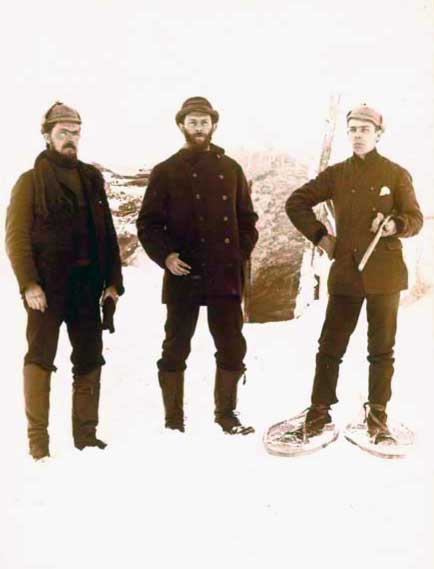
Slap In The Face
Clement Wragge was among the nineteen applicants for the position of full-time Superintendent, however, it was given to Robert Traill Omond with the assistants places going to A Rankin and Robert C Mossman.
(Wragge wasn't entirely disappointed as he subsequently inherited a considerable fortune upon the death of a wealthy aunt in 1883, and in 1884 he returned to Australia, where he had previously worked for a number of years, with his wife and settled on the outskirts of Adelaide. He went on to establish the Torrens observatory at Walkerville, and another at Mount Lofty. In 1886 Wragge was the founding member of the Royal Meteorological Society of Australia.)
Did you know? Clement Lindley Wragge began the trend of using people's names for cyclones.
Observations
Observations at the summit began in earnest in November 1883 and the 20 years' worth of data recorded before the observatory closed in 1904 is still the most comprehensive set of data on mountain weather recorded in Great Britain to this day as automated recording equipment is not robust enough to withstand the severe weather conditions on Scottish mountain tops.
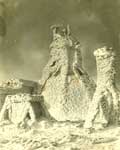
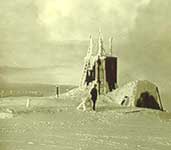
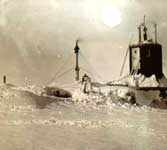
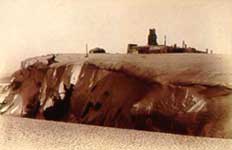
First Winter
The first winter seen by the Ben Nevis Observatory was said to have been very stormy and there were gaps in the observations where it proved impossible for the observers to dig themselves out of the building, or it was too dangerous for them to attempt to reach the instruments for the hourly readings. Supplies were brought up by pack ponies along the rough bridle path (pony track) which had been constructed to the top.
Observation Tower
Observations were at times extremely difficult and the building was often covered by snow drifts resulting in the construction of a 30 foot tower for access down through the summit snow in winter. This was built during the 1894 expansion of the observatory which saw an office, two bedrooms and a visitor's room added.
Annual Govt. Funding Withdrawn
The observatory remained permanently manned until 1904 when it closed due to inadequate Government funding of the annual running costs of £1,000, much to the protestations of the Scottish Meteorological Society, the Directors of which issued the following memorandum:
"It is to the Directors a matter of profound disappointment that in this wealthy country it should have been found impossible to obtain the comparatively small sum required to carry on a work of great scientific value and interest, and that they are now obliged to dispose of the Observatory buildings and dismiss the staff"
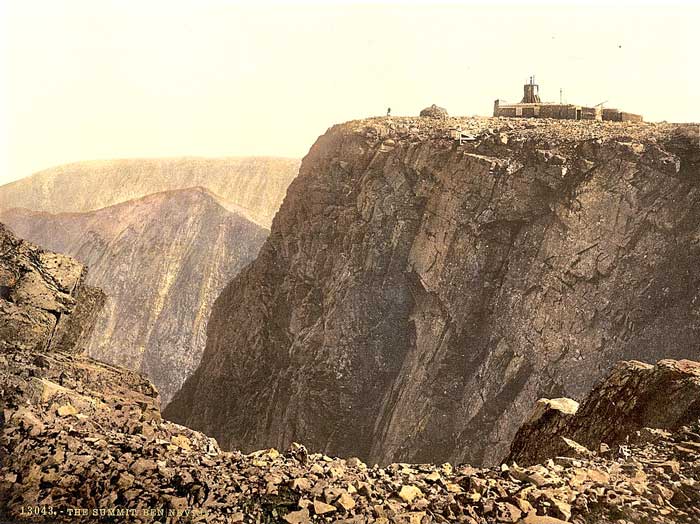
Building Put To Use
For some years after it's closure the Keeper's room of the Observatory was used by the summit hotel during the summer as a place from which to serve refreshments. This continued until around 1916. Thereafter the Observatory fell into disrepair until the coup de grâce came by means of a fire in 1932 with a final ignomony served by climbers in the 1950's who stripped the lead from what was left of the roof and rolled it down Ben Nevis, it was said, in order to help fund an Everest expedition.
Other notable people who were involved with the Observatory
Charles Thomson Rees Wilson was a physicist and meteorologist who worked for two or three weeks during September 1894 as a temporary relief for one of the permanent staff. During this time he witnessed a Brocken spectre and glory, caused by the sun casting a shadow on cloud below the observer. Taken by these spectacles of nature, he tried to reproduce the phenomenon in the laboratory, eventually resulting in his invention of the cloud chamber, one of the most important tools used in atomic physics research and for which he received the Nobel Prize for physics in 1927.
Among those who worked for longer periods at the observatory were R C Mossman, who was the meteorologist on the Scottish National Antarctic Expedition of 1902 ‐ 1904 and W S Bruce, the leader of that expedition.
The Scottish National Antarctic Expedition (SNAE), 1902 ‐ 04, established the first manned meteorological station in the Antarctic.
